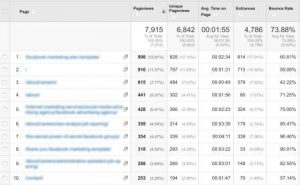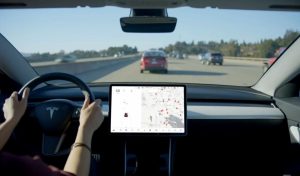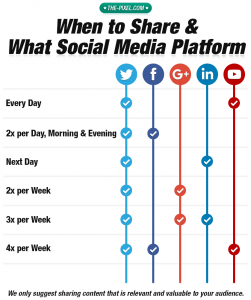As marketers, we’re always looking for the most effective way to deliver our message. As attention spans shrink (see: Humans Have Attention Spans Shorter than Goldfish, Thanks to Smartphones) and seemingly limitless distractions abound, delivering that message might seem more difficult than ever. All of which makes leveraging the unique attributes of virtual reality a very interesting possibility to help your brand. It’s also a possibility that—thanks to the rapid influx of multiple VR headsets; from mobile to PC)—has never been more ripe to explore.

Great Examples of Virtual Reality (and Virtual Reality Marketing)
Although virtual reality, in its current form, is a relatively new technology, there have already been several great examples of effective VR content.
A couple weeks back, we wrote about 10 Excellent Examples of Branded Content for Virtual Reality. In our post, we highlighted several well-made and compelling examples of virtual reality marketing like this one from Oreo below…
And back in May, we wrote about The Best Virtual Reality Animated Videos. In that post, we talked about compelling, high-quality animated VR films like Baobab Studios’ Invasion…
With enough examples out there to demonstrate the narrative and artistic potential of 360-degree videos, we wanted to today focus on what makes virtual reality an effective marketing tool.
Brand Content + Virtual Reality = Engagement
The formula, of course, isn’t that simple. And as with any medium of messaging, the message itself must be well crafted and executed. But there are several advantages unique to virtual reality that makes VR a great tool for engagement. Such as:
- Immersion: Not only does VR provide a means to transport users into a fully-rendered, 360-degree environment but also, due to the immersive aspect of wearing a headset, the content itself doesn’t need to compete with outside distractions (as is common with television, internet and other media).
- Impact: By extension of that immersion—and that ability, without distraction, to persuade users into feeling like they are somewhere else-—virtual reality can provide higher-impact experiences with more emotional resonance.
- Novelty: As headsets are just now starting to be obtained by consumers, virtual reality is at a nascent stage. There is limited content at this time and—because the experience is so new for almost everywhere—there is a joyful novelty to experiencing the content.
Why Animation?
The decision to create a VR experience in live-action or with animation is something that will likely come down to the objective of your video. But in this section we wanted to note that—like virtual reality itself—animation possesses some unique and powerful attributes:
Motivation: In 1991, a professor named Lloyd P. Rieber published a paper in the Journal of Educational Psychology that explored the relationship between animation and motivation. Specifically, with regards to the value of animation, Rieber cites the medium’s unique potential to improve two different types of motivation:
- the motivation to learn and remain stimulated
- the motivation to return to this type of learning
Additional/Enhanced Information: In a 2002 study, Barbara Tversky and Julie Bauer Morrisony argue that animated graphics possess the ability to convey more comprehensive content that static graphics alone. Tversky and Morrisony end their paper by noting—in agreement with an it-all-comes-down-to-execution-based philosophy we preach frequently on this blog—that “Like all good things, animation must be used with care.”
Cost Effective: Compared to the pricing of live-action virtual reality experiences (which, at this stage, are very expensive due to equipment costs, editing etc.), creating an animated virtual reality experience is much more cost effective. Often quite significantly.
VR Marketing In the News
Although the use of virtual reality for marketing purposes is only just beginning, stories about the potential marketing benefits of this medium have already started popping up in the news:
The Wall Street Journal: Is Branded Virtual Reality Content the Next Frontier in Marketing?
AdAge: Virtual Reality Format Affords Marketers a Plethora of Feedback
AdWeek: West Coast Ad Agencies Are Building On-Site Labs to Experiment With Virtual Reality
MediaPost: T Brand Studio’s Adam Aston Is Pumped About Virtual Reality
The Huffington Post: 6 Ways Startups Can Use Virtual Reality for Digital Marketing Purposes
Business & Finance Articles on Business 2 Community(69)
Report Post








